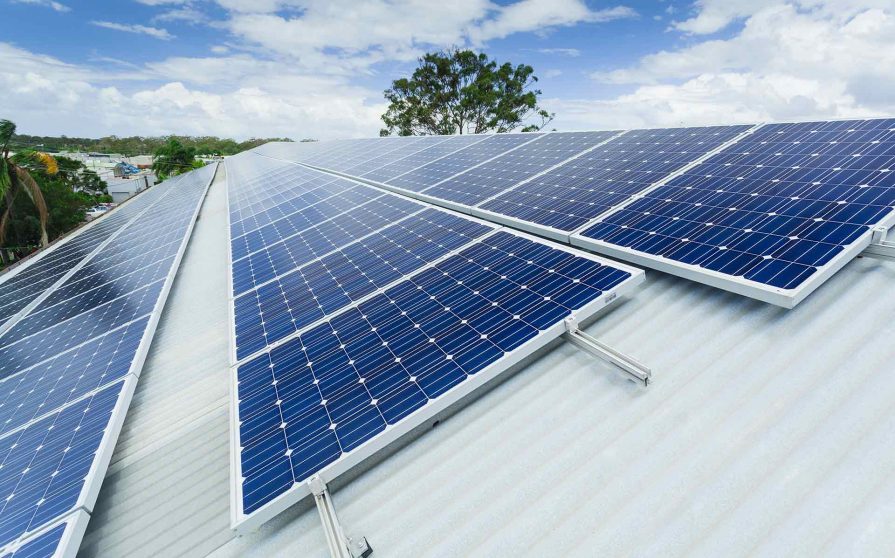The Australian Energy Market Commission (AMEC) has pushed back the publication date for its final report on how to best integrate rooftop solar, batteries and other new technologies into the grid as it works its way through more than 150 submissions.
The final report on the proposed reforms was due to be published later this month but the AEMC announced on Thursday it had extended the date until August 12, having received a large number of “diverse views” which it wants to consider in detail.
“Stakeholders have presented us with valuable and differing options – exploring these fully deserves some more time,” AEMC chair Anna Collyer said.
“Extending the publication date for a further month will help us work through the key considerations.”
The draft rule determination – Access, pricing and incentive arrangements for distributed energy resources – was handed down by the AEMC in March and focuses on the integration of Distributed Energy Resources (DER) into the grid.
The reforms put forward by the AEMC include a raft of proposed rule changes but the proposal for a two-way pricing mechanism has garnered the most attention.
The proposed rule change would give network service providers the option to reward owners of DER for exporting power to the grid when extra energy is needed, and charging them a fee for exporting at times when the system is already well served.
The idea, designed to accommodate the shift from one-way power delivery to rooftops delivering large-scale exports to the grid during the day, was immediately met with outcry from community and industry groups, with critics labelling it a ‘solar tax’.
The AEMC however insists the proposal does not mandate default charges for exporting power and that if network companies do opt for export charging, they would need to consult extensively with customers and have transition plans approved by the Australian Energy Regulator.
The AEMC said its intent is to design rules that will to accommodate the predicted growth of rooftop solar and allow for the effective integration of new technology like home batteries and electric vehicles.
“We are committed to designing a long-term solution that works for all energy consumers,” Collyer said.
This content is protected by copyright and may not be reused. If you want to cooperate with us and would like to reuse some of our content, please contact: editors@pv-magazine.com.









By submitting this form you agree to pv magazine using your data for the purposes of publishing your comment.
Your personal data will only be disclosed or otherwise transmitted to third parties for the purposes of spam filtering or if this is necessary for technical maintenance of the website. Any other transfer to third parties will not take place unless this is justified on the basis of applicable data protection regulations or if pv magazine is legally obliged to do so.
You may revoke this consent at any time with effect for the future, in which case your personal data will be deleted immediately. Otherwise, your data will be deleted if pv magazine has processed your request or the purpose of data storage is fulfilled.
Further information on data privacy can be found in our Data Protection Policy.